Protect flocks against mycotoxins with RFCs
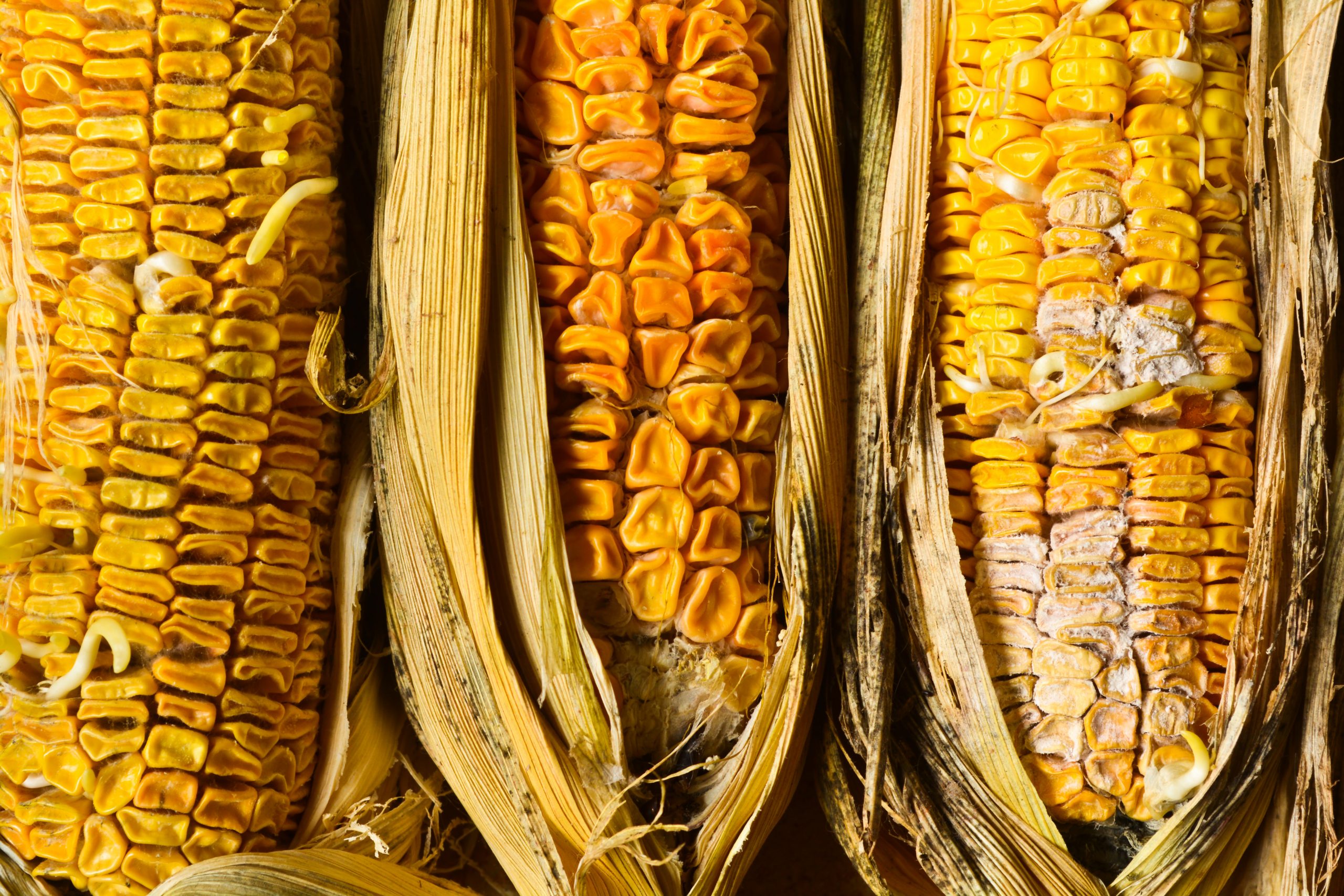
Mycotoxins may not always be top-of-mind for poultry producers, but they should be. Failing to counteract these toxins in a flock’s nutrition programme can lead to significant bird health and performance issues.
All poultry are sensitive to mycotoxins. The level of sensitivity depends on poultry type, age and production categories, environmental conditions and nutritional status. In addition, the type, quantity and duration of mycotoxin exposure also play roles in negative effects.
Further, mycotoxins are extremely common, and often occur simultaneously—meaning most feed samples contain at least one or more mycotoxin species. A recent worldwide mycotoxin survey revealed:
• 81% of 3,000 grain samples analysed had at least one mycotoxin present
• More than one mycotoxin was found in 45% of the grain samples
• Out of more than 1,400 finished feed samples, 60% showed the presence of more than one mycotoxin
In other words, plan for their existence in feed sources and focus management efforts on reducing mycotoxin effects with the Refined Functional Carbohydrates (RFC) found in Celmanax.
Health Effects
The industry learns more every day about how mycotoxins result in significant health disorders and decreased production performance.
Mycotoxins produce a variety of diseases, collectively called ‘mycotoxicoses’, directly or in combination with other primary stressors such as pathogens. Recent literature has implicated physical and immunological effects of mycotoxins at lower and more common levels of contamination. Since many of the mycotoxins and their metabolites inhibit protein synthesis, tissues with high levels of protein synthesis and turnover, such as those within the gastrointestinal tract (GIT) can be particularly susceptible to their toxic effects.
Maintaining a healthy GI tract is crucial
Oral and gastrointestinal cells are the first cells to be exposed to mycotoxins, and often at higher concentrations than other tissues. This is a concern because the maintenance of a robust GI tract is crucial to overall bird health and productivity. A healthy GI tract ensures nutrients are absorbed at an optimum rate and it provides efficient protection against pathogens through its own immune system.
Challenges to the GI tract affect the bird on two levels—locally (at the point of attack) and systemically if the mycotoxin is absorbed and reaches the tissue and blood stream. That ripple effect begins when gut health is compromised and tissues are irritated.
Opportunistic diseases
This often opens the door for opportunistic diseases that also reduce immune function, negatively impacting animal performance and productivity. If birds are fighting off a health challenge—whether locally or systemically—it effects the energy available for other biological processes, including growth and reproduction.
As a result, mycotoxins may lead to considerable economic losses for poultry producers. Some of these losses are direct, as with bird death. Or the losses may be indirect, including decrease in body weight, number and quality of eggs, poor feed conversion and immunosuppression. Immunosuppression is of concern because it results in increased sensitivity to infective agents and poor vaccine responses.
Counteract mycotoxins with RFCs
Research shows that RFCs can counteract mycotoxins and prevent them from being absorbed through the gut and into the blood circulation. The toxins then pass harmlessly through the digestive system without negatively affecting animal performance (Figure 1).
Figure 1 – Diagramatic representation of how RFCs can mitigate mycotoxin and pathogen damage at the intestinal level.

Reducing mycotoxins’ effects has a direct impact on bird health and productivity. For example, additional research shows that Celmanax supplementation improved body weight and feed intake in broilers fed diets contaminated with either low or high levels of mycotoxins at the same feed efficiency (Figure 2).
Improved animal performance
In addition, immune suppression caused by mycotoxins can be reversed by beta 1,3/1,6 glucans and mannans present in RFCs, allowing the animals to further protect themselves against pathogens. As a result, nutrient uptake is maintained, leading to better feed efficiency and animal performance.
Ultimately, the level of mycotoxin protection by Celmanax enables birds to devote energy to all functions, instead of staving off infections or struggling to maintain nutrient uptake. That means improved efficiency for poultry producers and peace of mind in the constant battle against mycotoxins.
References available on request.
Author : Dr Ajeet Bishnoi, Arm & Hammer Regional Manager- South Asia, Middle East & Africa
To learn more visit www.AHanimalnutrition.com
Join 26,000+ subscribers
Subscribe to our newsletter to stay updated about all the need-to-know content in the feed sector, three times a week. Beheer
Beheer
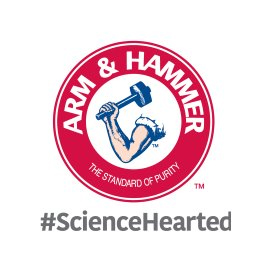

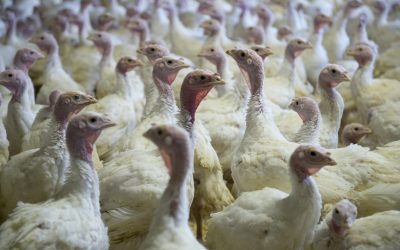
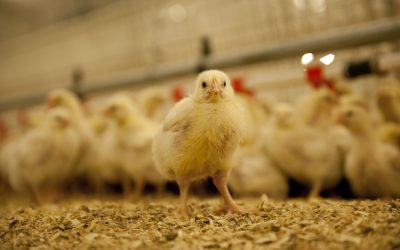
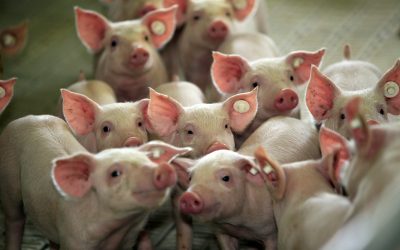
 WP Admin
WP Admin  Bewerk bericht
Bewerk bericht